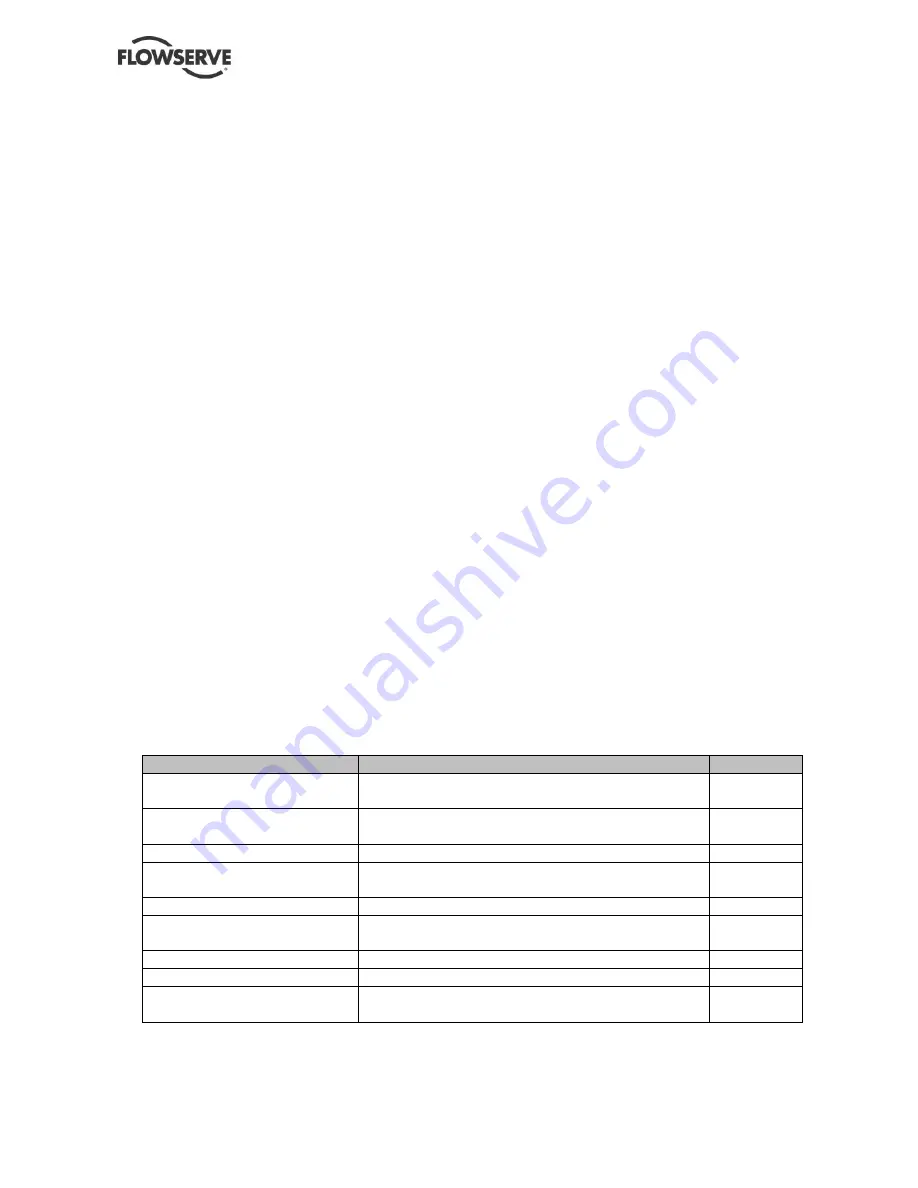
WIK USER INSTRUCTIONS ENGLISH BO2662 5/09
Page 40 of 76
6.1.4 Lube oil system component maintenance
6.1.4.1 Replacement lube oil system component
Isolation valves permit replacement of lube oil
system components without draining the piping.
Hence to replace a control valve, pressure switch,
temperature switch, pressure indicator, heat
exchanger, lube oil filter, or lube oil pump:
1) Set pan or rags so as to catch lube oil drips.
2) Close isolation valves (see Lube Oil Console
Manufacturer's Schematic in section 10).
3) Record how wiring is connected to terminals and
disconnect wiring, if applicable.
4) Repair or replace component in accordance with
manufacturer's instructions in section 10 or your
plant data file.
5) Install new or repaired component in piping,
including connection of wiring as recorded in
step 3 above, if applicable.
6) Open isolation valves that were closed in step 2
above.
7) Adjust control setting of component, if applicable,
as instructed by manufacturer's instructions in
section 10, the lube oil system schematic
drawing, or your plant data file.
8) Comply with starting the pump (section 5.7)
requirements.
Flow glasses and temperature indicators in the
return piping can be removed without draining the
piping; follow steps 1, 3 through 5, 7, and 8
immediately above.
6.1.4.2 Repairing and adjusting lube oil system
component
See manufacturer's instructions in section 10 and
your plant's data file for information.
6.1.4.3 Baseplate mounted reservoir
6.1.4.3.1
Reservoir Removal
When necessary to remove the baseplate-mounted
reservoir:
1) Disconnect all piping from reservoir
2) Unscrew cap screws that hold reservoir to
baseplate
3) Remove reservoir from baseplate.
6.1.4.3.2
Reservoir Cleaning
Clean reservoir with petroleum base solvent such as
kerosene or naphtha, or steam clean. Any residue
from chemicals in the steam must be removed to
prevent contamination of the lube oil.
6.1.4.3.3
Reservoir Installation
To install the baseplate-mounted reservoir:
1) Verify that reservoir is clean and in satisfactory
condition.
2) Position reservoir on baseplate and secure it
with cap screws.
3) Connect all piping.
4) Fill reservoir with correct lube oil (see section
10.3).
6.1.5 Preventive maintenance schedule
Refer to the below table for Maintenance schedule:
Preventive Maintenance Item
Instructions
Frequency
Suction strainer when used
Check pressure differential between the gauges.
The gauges located on each side of the strainer.
Daily
Pump Suction and Discharge
Flow Rates
Check suction and discharge pressure gauges for
proper pump operation.
Daily
Mechanical Seal
Inspect visually
Daily
Instrumentation
Check all related pressure gauges, temperature
and detectors, etc. to detect any abnormalities.
Daily
Auxiliary piping
Check for leakage around connections, etc.
Weekly
Shaft/Casing vibration
Review all vibration data for any abnormalities
and/or sudden changes in levels.
Weekly
Bolting tightness
Check all external bolting for proper tightness.
Monthly
Cleanliness
General clean-up soiled areas
Quarterly
Oil system
Refer to Lubrication System section of this
manual.
Periodically
Preventive Maintenance Schedule
















































